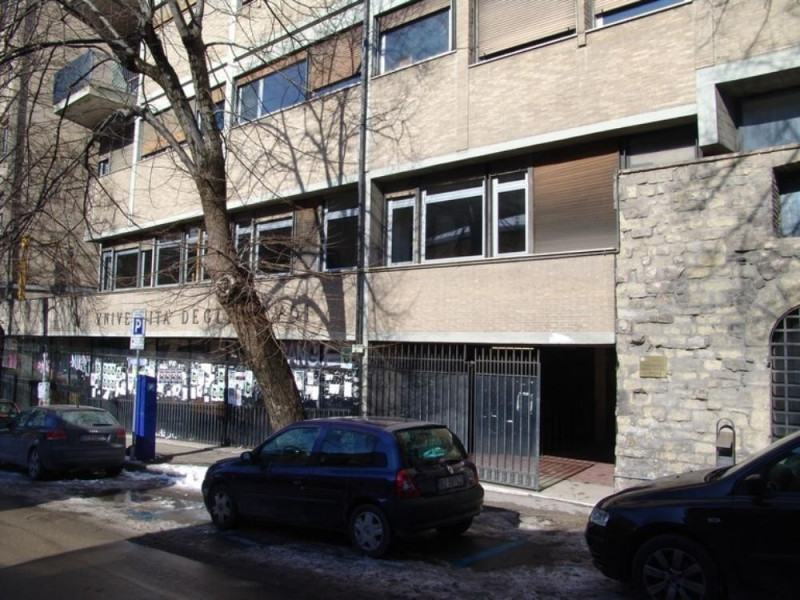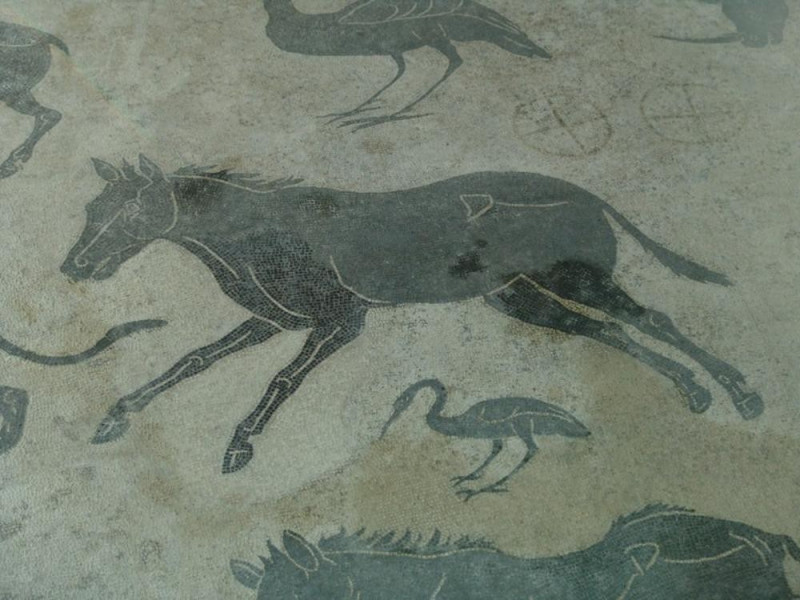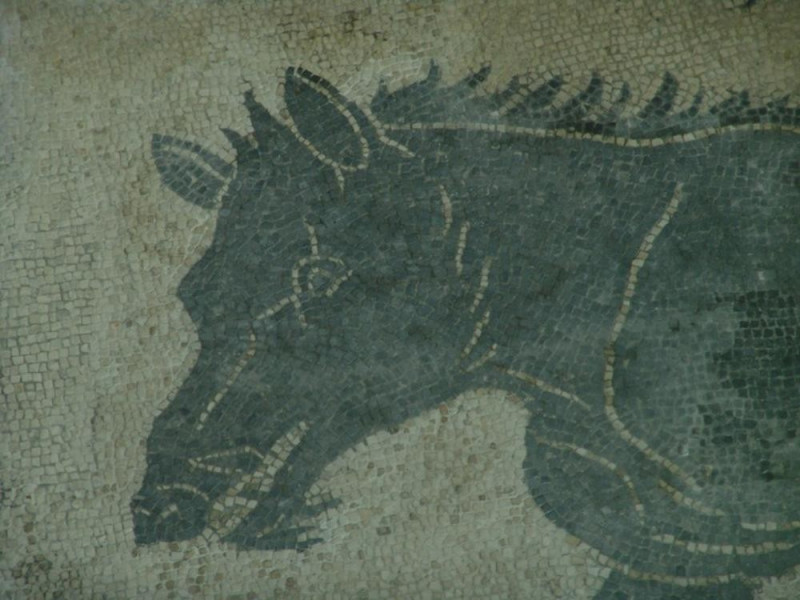Luogo - Museum
Mosaico di Santa Elisabetta
Where
Via Pascoli, Perugia
Sant’Elisabetta Mosaic
The Mosaico Romano, commonly called of Sant’Elisabetta, owes its name to the Church close by to where it was found. Today the mosaic is inside the Faculty of Science, Mathematics, Physics and Natural Science of the University of Perugia, in Via Pascoli, in the area called the “Conca”. It was part of a thermal complex realized outside of the Etruscan town wall belt, in an area rich with water, and is one of the most important monuments of the Roman Age in town.
The Mosaic—14,10 by 8,10 meters—realized with black and white tesserae and framed with a double band of black tesserae delimiting its borders, depicts the mythological figure of Orpheus while taming wild beasts with the notes of his lyre. The abundance of anatomic details in all 40 animals depicted, of all kind of species, reveals a technique of high artistic level, executed by skilful Roman artists.
The complex had a long life and was probably transformed into a building of Christian Cult, as is testified by the presence of an apse and, on the floor surface near the rhinoceros, of two sculpted cross signs. The same theme, with Orpheus, was a subject dear to Christians for its symbolic meaning; it was allegorically compared with the words of God calling and attracting humanity to him. The definitive abandonment of the area happened because of a fire at the beginning of the 6th century A.D.





